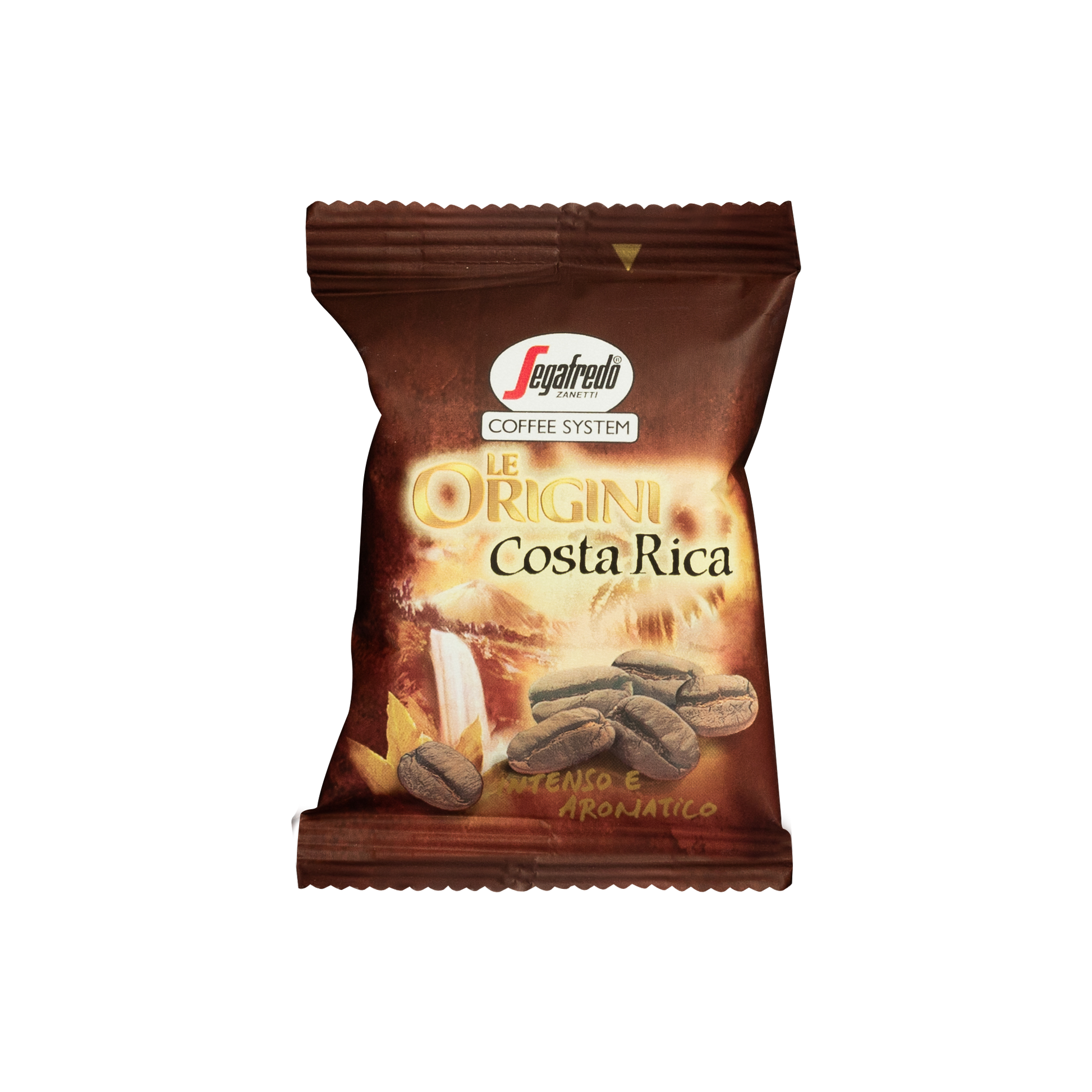What Makes SOE Single Origin Espresso Unique from Blends
What Makes SOE Single Origin Espresso Unique from Blends
Blog Article
Discovering the Rich Flavors of Coffee Beans: a Deep Study Espresso and Blended Coffee Beans
When you explore the rich tastes of coffee beans, you uncover a complicated world where each range brings its very own personality to your mug. As you navigate via the art of coffee and the imagination behind mixed coffees, you'll start to value the subtleties that make each sip one-of-a-kind.
The Beginnings of Coffee Beans: Discovering Terroir and Taste Profiles
When you take a sip of coffee, you're not simply appreciating a drink; you're experiencing a rich tapestry of tastes shaped by the beans' origins. Each region creates special flavor accounts influenced by environment, dirt, and elevation. Beans from Ethiopia typically break with brilliant, fruity notes, while those from Colombia often tend to supply a well balanced, nutty sweet taste.
As you check out various origins, you'll notice just how terroir-- the environmental factors affecting a plant-- plays a crucial duty - Single Origin Espresso. The very same coffee selection can taste considerably various relying on where it's expanded
When you take into consideration these aspects, you begin to appreciate the intricacy behind your mug. Each sip informs a tale of the land and the farmers who supported the beans. Following time you indulge, believe concerning the trip your coffee took prior to it reached your hands, and relish those elaborate flavors that mirror its beginning.
Understanding Espresso: The Art and Scientific Research Behind the Brew
When you assume regarding coffee, it's not practically the solid taste; it's additionally regarding the strategies that bring it to life. Understanding just how different prep work approaches influence taste can change your brewing experience. Allow's discover the intricacies of coffee preparation and discover the one-of-a-kind flavor accounts that make each cup special.
Coffee Prep Work Techniques
Coffee preparation is both a science and an art, combining specific techniques with a deep understanding of coffee. To start, you'll want to choose top quality, fresh baked beans and grind them carefully for ideal extraction (Single Origin Espresso). The work size is important; as well coarse, and your espresso will be weak, also fine, and it'll be bitter
Next, tamp the grounds equally in the portafilter to guarantee consistent removal. When you secure it right into the machine, go for a brewing temperature between 190 ° F and 205 °
F.As you draw the shot, expect the excellent extraction time-- around 25-30 seconds. The result should be an abundant, velvety espresso with a stunning layer of crema on top. With method, you'll understand these techniques.
Taste Accounts Explained
The world of espresso uses a rich tapestry of taste accounts that can elevate your coffee experience. You'll notice an equilibrium of level of acidity, sweet taste, and bitterness when you take that very first sip. Each coffee bean brings distinct notes, from flower and fruity to nutty and chocolaty. Light roasts often display brilliant acidity and dynamic tastes, while dark roasts present deeper, bolder tones.
Understanding these accounts aids you choose the appropriate espresso for your palate. Trying out different blends can disclose unexpected mixes. A well-crafted mix could balance the brilliant notes of an Ethiopian bean with the rich, chocolatey touches of a Brazilian bean. Embrace the trip of uncovering coffee's varied flavors, and you'll transform your coffee ritual into an amazing adventure.
Handling Techniques: Exactly How They Influence Flavor and Aroma
While it could appear that the origin of coffee beans is the most considerable consider identifying their taste and aroma, the handling techniques made use of post-harvest play a similarly necessary role. You'll find that these approaches can significantly change the last preference account of your cup.
For circumstances, the washed process removes the fruit from the beans prior to fermentation, often resulting in a cleaner, brighter flavor. Meanwhile, the natural procedure leaves the fruit undamaged during drying, causing a sweeter, fruitier account.
Other methods, like honey handling, strike a balance, enabling some fruit mucilage to remain, giving a special complexity.
Each processing method connects with the beans' integral qualities, enhancing or muting certain flavors and fragrances. When you drink that coffee or combined coffee, bear in mind that the trip from cherry to cup is affected not simply by origin however also by just how those beans were refined.
Roasting Strategies: Unlocking the Full Possible of Coffee Beans
Roasting techniques are crucial for disclosing the full potential of coffee beans, as they transform raw, eco-friendly beans into the aromatic, delicious coffee you take pleasure in. The option of toasting method-- light, medium, or dark-- significantly influences taste accounts. Light roasts protect the beans' natural level of acidity and fruity notes, while tool roasts balance sweet taste and splendor. Dark roasts, on the various other hand, stress bold, great smoky flavors.
You can experiment with toasting times and temperature levels to discover your excellent brew. A slower roast at lower temperature levels enables intricate flavors to create, while a quicker roast can intensify resentment. Take note of the splits throughout toasting; the initial fracture indicates a light roast, while the second split signals a dark roast. By understanding these methods, you'll reveal a world of taste, raising your coffee experience to brand-new heights. Take pleasure in every sip, recognizing the care that went into your cup!
The Magic of Blended Coffee: Creating One-of-a-kind Flavor Experiences
Creating a distinct flavor experience with mixed coffee can transform your morning ritual right into an exploration of preference. By integrating various beans from various areas, you can reveal a harmony of tastes that boost your cup to brand-new heights. Each blend deals an unique profile, balancing level of acidity, body, SOE and sweet taste to produce something truly special.
When you pick a blend, you're not just choosing a coffee; you're choosing a trip across diverse landscapes and cultures. Trying out different combinations allows you to uncover your personal faves, whether you appreciate fruity notes or abundant, chocolatey touches.

Sampling Notes: Recognizing the Subtleties in Your Cup
As you drink your coffee, you could see a spectrum of flavors dancing on your taste, each exposing the details of the beans. You may taste the intense acidity similar to citrus or the deep, abundant notes similar to dark chocolate. The sweet taste could evoke honey or caramel, balancing the overall profile magnificently.
Take note of the body of the coffee-- does it feel ventilated and light, or is it full and velvety? The coating, as well, offers hints; a remaining aftertaste may hint at nuttiness or floral undertones.

Do not forget to check out the special attributes of various beginnings, as each region gives unique tastes - Single Origin Espresso. Ethiopian coffees usually present fruity notes, while Colombian beans may display a much more spherical sweetness. By identifying these nuances, you'll strengthen your gratitude for each and every cup, boosting your coffee experience to new heights

Developing Approaches: Taking Full Advantage Of Flavor Removal for Every Bean
When you discover the numerous developing techniques, you'll uncover that each strategy can significantly impact the flavor profile of your coffee. From French press to pour-over, each approach removes different substances, enhancing or silencing certain notes. For example, utilizing a French press enables oils to remain in the mixture, creating a richer taste, while pour-over emphasizes clearness and brightness.
Temperature level and grind size likewise play vital duties. A coarser grind works best for cold mixtures, while a great grind is optimal for espresso. Try out water temperature-- between 195 ° F and 205 ° F-- can expose surprise flavors, too.
Do not fail to remember regarding steeping time; a quick extraction can result in sour notes, while over-extraction might yield resentment. By changing these variables, you can maximize flavor extraction and absolutely boost your coffee experience. Enjoy the trip of finding what approach ideal matches your taste!
Regularly Asked Concerns
What Is the Suitable Water Temperature Level for Developing Coffee?
The perfect water temperature for developing coffee's in between 195 ° F and 205 ° F. If you make use of water that's also warm, you'll over-extract flavors; too cool, and you will not remove sufficient. Objective for that wonderful place for the very best brew!
Just How Does Grind Dimension Affect Coffee Flavor?
Grind dimension significantly affects coffee flavor. Better grinds remove more tastes and oils, leading to a bolder taste, while coarser grinds return a lighter taste. Adjusting work size aids you attain your wanted coffee profile.
Are There Health Benefits Related To Alcohol Consumption Coffee?

What Is the Difference In Between Arabica and Robusta Beans?
Arabica beans are smoother and sweeter, usually featuring fruity flavors, while robusta beans are stronger with a bitter preference and greater caffeine web content. You'll see these distinctions in scent and developing experience.
Exactly How Can I Shop Coffee Beans for Freshness?
To store coffee beans for quality, maintain them in an impermeable container, away from light, warm, and moisture. You'll keep their flavor much longer if you only grind what you need right prior to developing.
Checking Out the Rich Flavors of Coffee Beans: a Deep Dive Into Coffee and Blended Coffee Beans.
When you check out the rich flavors of coffee beans, you uncover a complicated world where each range brings its own personality to your cup.When you take a sip of coffee, you're not just appreciating a drink; you're experiencing an abundant tapestry of flavors shaped by the beans' beginnings.Roasting strategies are necessary for disclosing the full possibility of coffee beans, as they transform raw, environment-friendly beans into the aromatic, tasty coffee you appreciate.As you drink your coffee, you may observe a range of flavors dancing on your palate, each revealing the intricacies of the beans.
Report this page